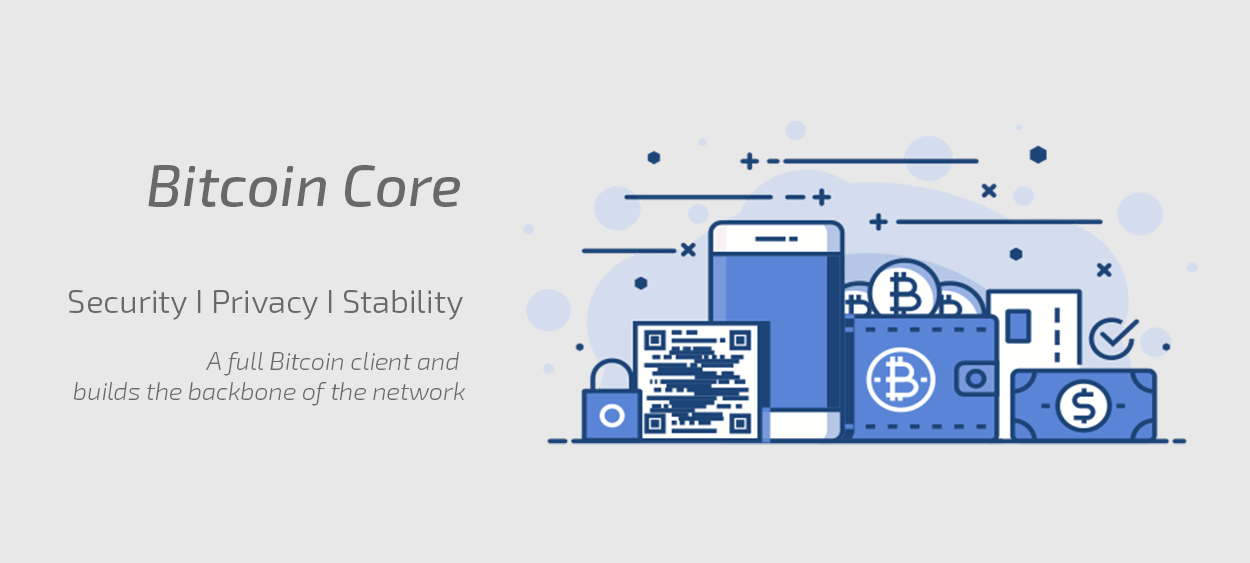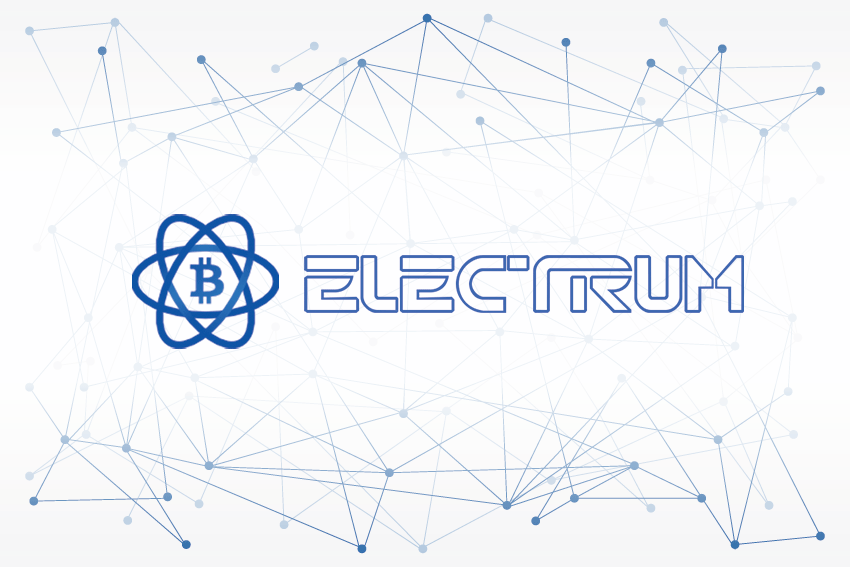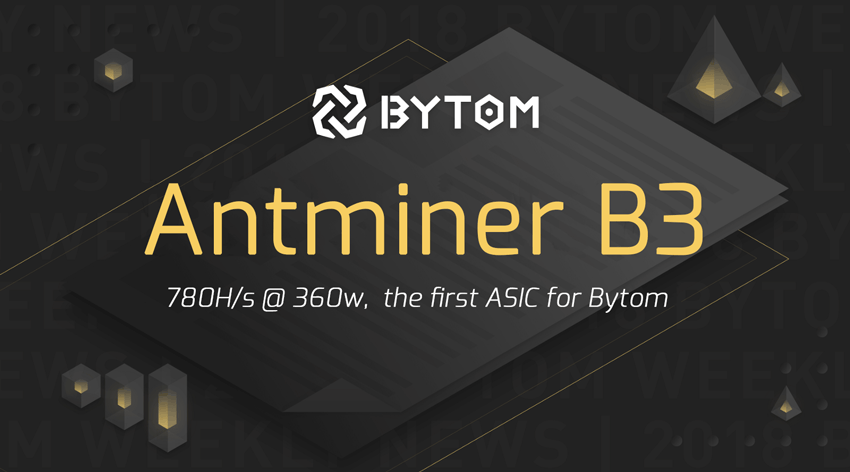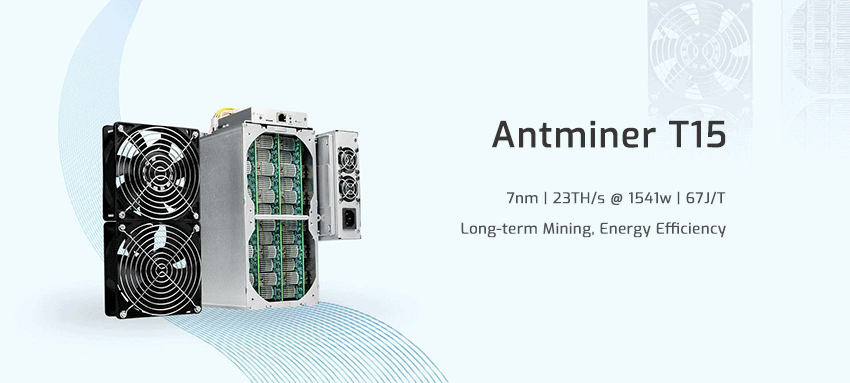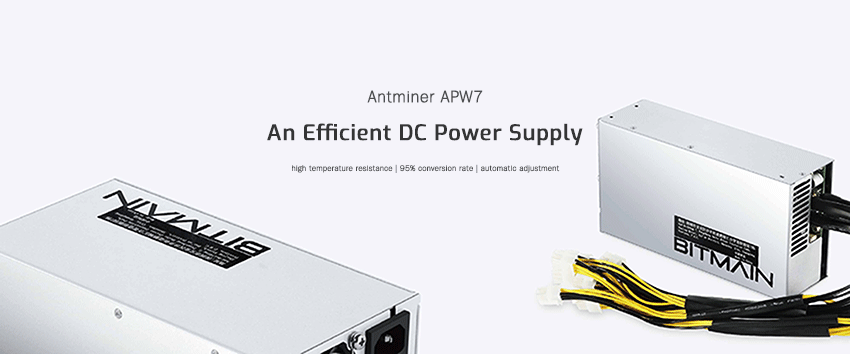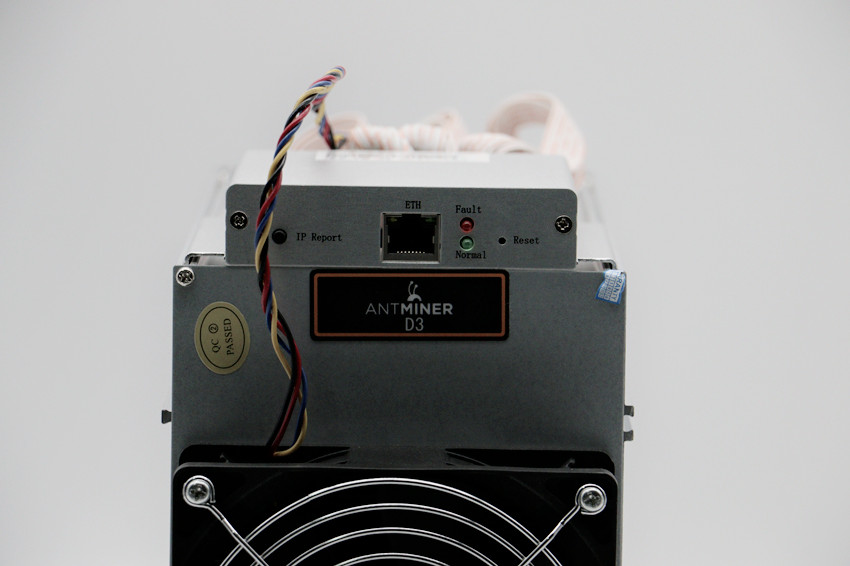In the previous issue, we introduced the use of bitcoin core wallet. But in daily transactions, we may need to learn how to use address transfer and acquisition of private key (for backup). In this issue, we will explain the difference and operations of public key, private key and bitcoin address.
Bitcoin is an open-sourced and decentralized cryptocurrency, which can also be known as digital asset or digital gold. It adopts the blockchain distributed ledger technology to generate one block every ten minutes. All the transactions generated within the ten minutes will be recorded in this block. The client wallet run by users will record the content of each block. In January 2009, it was released by a person nicknamed Satoshi Nakamoto and the first block came into being on January 9, 2009. From the perspective of investment, if it’s calculated at the initial price of 1 cent, the value has increased by more than 300,000 times so far.
Electrum is a popular light bitcoin wallet which validates bitcoin trading information based on the SPV principles proposed by Satoshi Nakamoto. It’s feathered with rich functions, open source and high security level.
In the Lunar New Year holidays of 2015, the Year of Goat, it’s reported that the cold wallet of BTER, one of China’s largest exchange of Altcoin, was cracked and 7170 bitcoins were stolen by hackers instantly with a heavy loss of more than 10 million RMB. The public can’t help asking how come the bitcoins were stolen even being stored in cold wallet? Bitcoin is still safe enough? The boss of BTER exchange repeatedly claimed in media reports that “passwords have been cracked”. Has cold wallet anything to do with passwords? Or the boss never knew what cold wallet was. As Xu Mingxing, creator of Okcoin, has said, “the key (for bitcoin cold wallet) is never to be connected to network.”
Now, we’d like to give the most basic introduction of cold wallet step by step by graphics as well as ways to create a cold wallet never access to network and conduct a bitcoin transaction offline.
Recently, Bitmain has released a new miner for Bytom mining. It’s said that it is capable of AI calculation. Is it so miraculous?
If you want to know whether it is as miraculous as be reported, please stay with us for more details!
On November 8, 2018, Bitmain released the marketing information to declare the sale of its first 7nm chip Antminer T15. It supports SHA256 algorithm with two versions: high-performance mode and low-power mode.
BITMAIN introduced the new dedicated power supply Antminer APW7 in June this year. As an upgraded version of Antminer APW3++, it has many technological progresses compared to the previous generation.
Antminer S9 is a bitcoin miner released by Bitmain in June 2016. It adopts the latest generation bitcoin miner chip BM1387 independently developed by Bitmain with a hashrate of 11.85 TH and power consumption of 1172W.
Bitmain, the professional miner manufacturer, officially introduced Antminer A3 In January, 2018, which is a new ASIC miner based on single encryption algorithm after Bitcoin, Litecoin and Dash miner series. Since the Antminer A3 is suitable for the currency based on Blake2b algorithm, the miner fans rushed to purchase once it started to be sold on market. What’s the actual performance of Antminer A3? Let’s have a look!
Antminer D3 is the first Dash miner based on X11 algorithm released by Bitmain. With the hashrate as high as 19.3G, it is suitable for all cryptocurrencies based on X11 algorithms including Dash.
Now, EastShore will bring the evaluation on Antminer D3 as follows.


